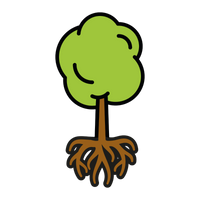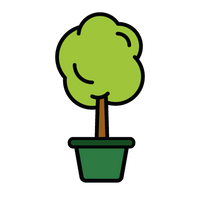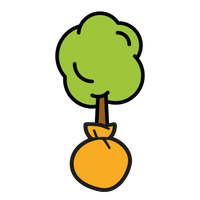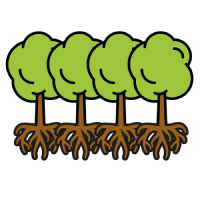When should I plant English Yew hedging?
The best time to plant your English Yew is during autumn or spring.
How far apart do you plant English Yew plants?
Depending on what size your plant is, ensure to space the plants around 60cm apart. For plants as small as 40cm, we do recommend at least 3 plants per metre. As Yew hedging is also quite formal, you will need to place the plants in straight lines, and the spacing must be even.
How to plant your English Yew:
The planting hole must be twice the width and depth of the tree's delivery container or root mass. Ensure the sides of the hole are straight and the bottom of the hole/trench is nice and level.
Remove the Yew from the container/packaging, and crumble away any excess soil that is surrounding the roots. Pop it carefully into the hole and make sure the roots are nice and spread out.̴Ì?
Refill the hole with soil (neutral soil), and water the base of the tree well until the soil feels quite moist. Ensure the plant is moderately moist for the first few months of planting to ensure the Yew can establish well and effectively.
̴Ì?



















